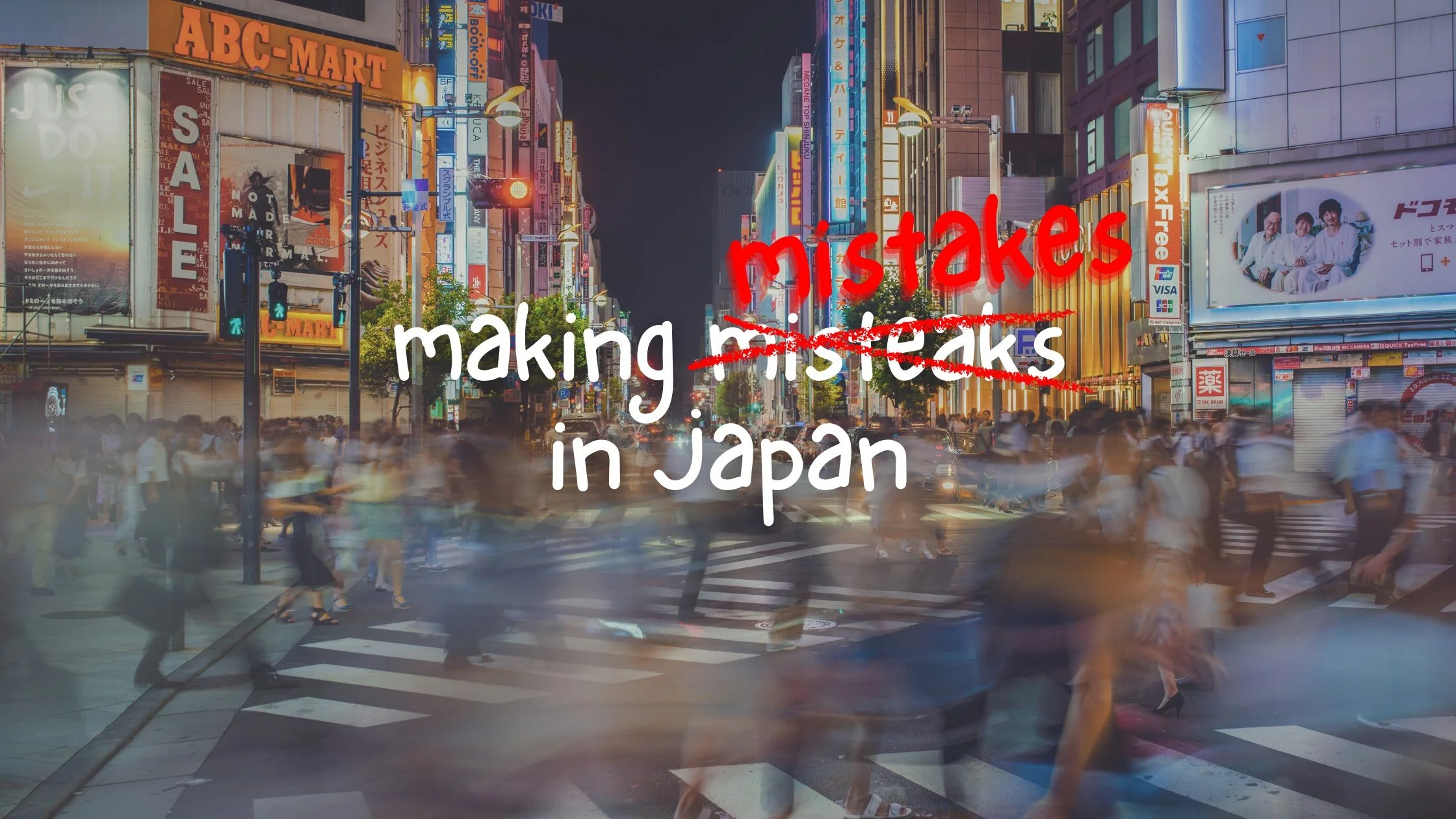Japanese vs. Global Web Design: What Businesses Need to Know
When expanding into Japan, or out of it, one overlooked challenge is web design. What works visually and structurally in one market doesn’t always translate smoothly into another. Understanding the cultural, linguistic, and symbolic factors behind these differences is key to creating websites that resonate with users and getting sales.
Why Web Design Differs Across Countries
1. Culture shapes aesthetics
In Japan, design often reflects seasonal changes and cultural concepts like wabi-sabi. In contrast, Western design leans more on holidays and events like Christmas or Halloween.
Each market has its own sense of beauty, and web design mirrors this.
2. Language impacts layout
Japanese uses three scripts and often more text, making sites appear dense but informative. English requires fewer words, leaving space for bold visuals and clean layouts.
Fonts also carry different cultural weight. Japanese users value readability, while Western design often uses typefaces to shape brand image.
3. Colors and symbols mean different things
Color psychology isn’t universal. Green suggests freshness in Japan but can mean jealousy in the West. Symbols differ too: Japan uses ◯ for “correct,” while Western users expect a green ✔︎.
These small details can change how users perceive a site.
Comparing Design Priorities
Japan: A wealth of detailed information, easy and specific navigation - clarity above all.
US: Visual impact, bold graphics, minimal and emotional text, strong branding.
| Category | Japan | United States |
|---|---|---|
| UI | Designed for easy information access | Simpler, streamlined interface |
| Layout | Condenses information into one page | Highlights impact with visuals |
| Imagery | Multiple images to illustrate details | One strong visual to set the atmosphere |
| Text | Detailed explanations and descriptions | Supports imagery with concise text |
| Overall Approach | Provides all necessary communication on-page | Sparks interest and encourages further research |
Case study: How Toyota localized their websites
Toyota US website
Having an immediate visual impact is a priority on Toyota Motor Corp’s US website. The first view above the fold is a slideshow of large videos and still images, giving visitors a stylish impression.
This is followed by their vehicle lineup. Unnecessary texts and buttons that aren’t related encouraging exploration are kept to a minimum.
Toyota Japan website
Being informative is the priority of Toyota Motor Corp’s Japanese website. The first view above the fold is a slideshow, however, there are images that showcase functionality and usability.
The next section is a “news & updates” section - something common on Japanese websites - which informs visitors about latest releases, recalls, events, and more.
The texts are also written so that wording is on-brand, and the balance of the three Japanese scripts and English match Toyota’s brand and customers.
Building a website that works globally
For international businesses entering Japan or Japanese companies going abroad, success comes from:
Language localization – Not just translation, but attention to copywriting and where texts appears in the layout.
User-centered design – Aligning navigation and usability with the expectations of the local target.
SEO for each market – Optimizing for the search engines and keywords that the target audience actually uses.
A website that succeeds globally isn’t about one universal “good design.” It’s about aligning with the local target culture, language, and expectations while keeping brand identity consistent.
Need help localizing and navigating your approach for Japan? Our team specializes in helping overseas brands create localized strategies that actually work. Feel free to get in touch with us!








